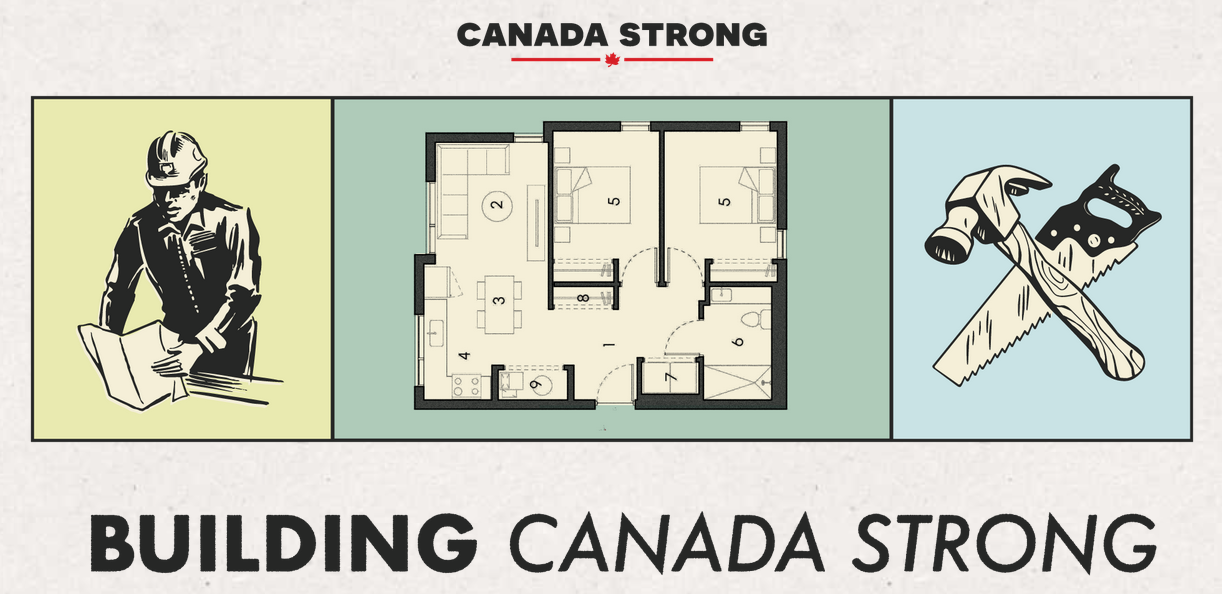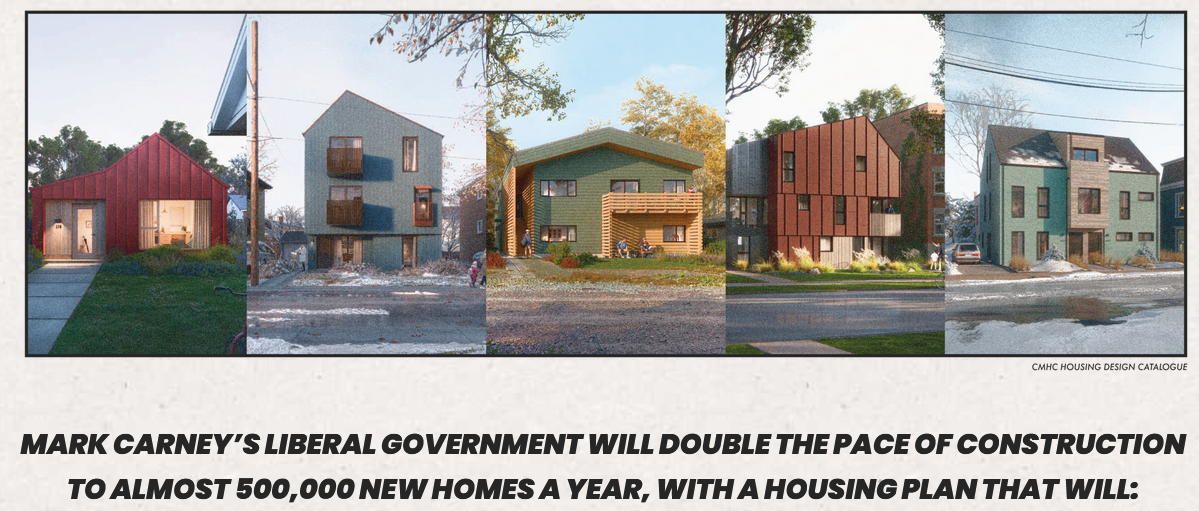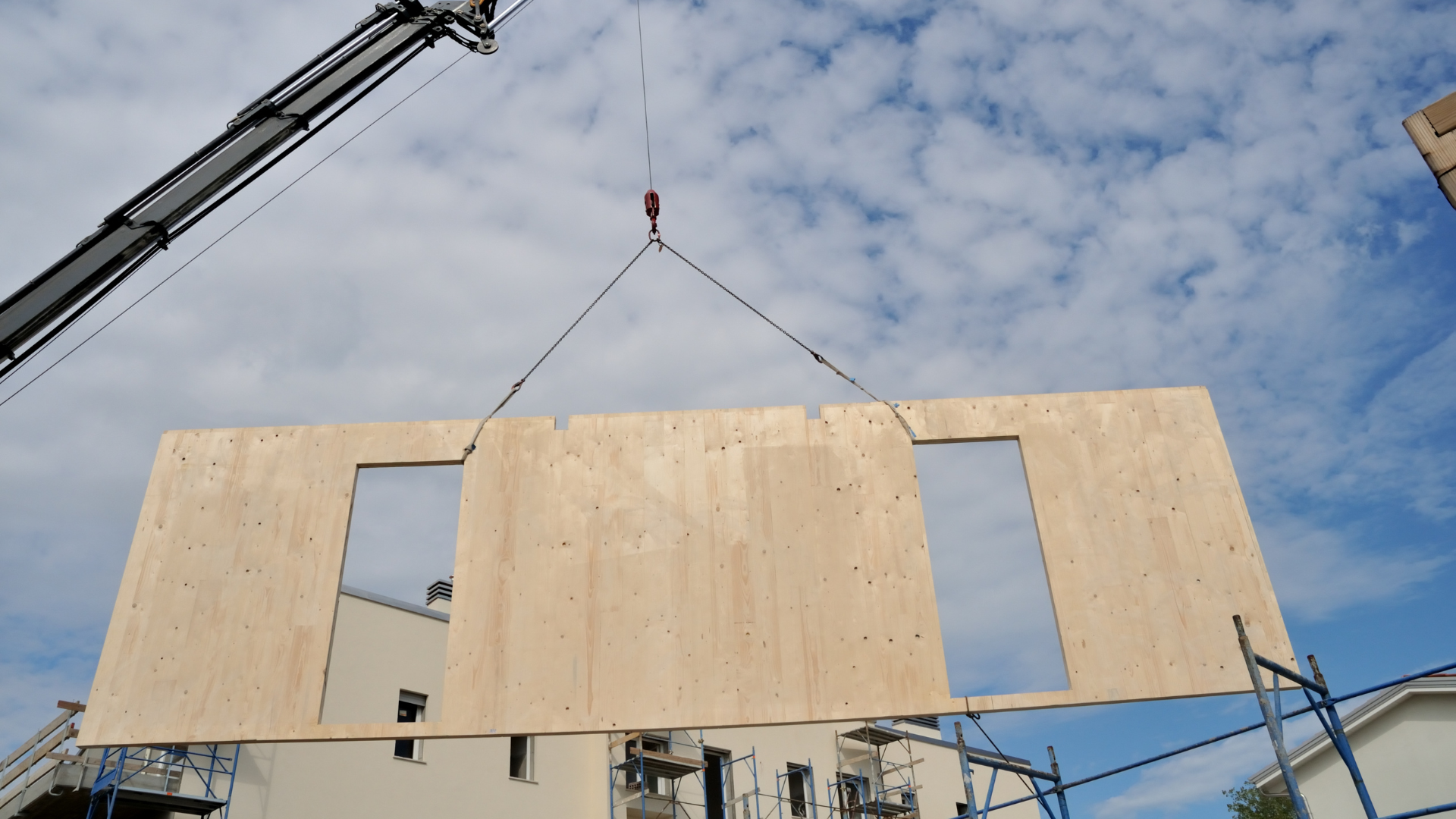
The Liberal government’s National Housing Strategy marks a significant shift in Canada’s approach to solving the housing crisis. With growing affordability concerns, limited supply, and increasing demand, the government has launched a comprehensive plan to tackle these issues head-on.
After the Liberal government’s election victory, housing quickly became a central focus. Canadians are struggling with affordability, a lack of homes, and increasing demand. The government’s strategy seeks to provide practical solutions for both homebuyers and builders.

At the heart of the strategy is the ambitious goal to double the pace of home construction and deliver 500,000 new homes per year. This target is aimed at addressing the housing shortage and making homes more affordable for Canadians across the country.
A central part of the strategy is the creation of Build Canada Homes (BCH), a new federal housing agency. Unlike traditional programs that only fund provincial or private sector efforts, BCH will be responsible for directly developing, managing, and partnering on affordable housing projects.
BCH will also focus on acquiring public land and making it available through long-term, affordable leases. This will help facilitate new housing development without adding unnecessary costs.

A major part of the strategy is a $25 billion investment in prefabricated and modular housing. These construction methods are seen as a way to cut build times by 50% and reduce costs by 20%, all while lowering emissions by 22% compared to traditional builds. BCH will place large-scale orders for Canadian mass timber and softwood lumber, helping to create consistent demand and support domestic prefab companies.

Canada currently faces a shortage of 80,000 skilled trades workers, and 300,000 more are expected to retire in the next decade. To address this issue, the government plans to expand apprenticeship programs and upskill the workforce to meet the demand for new homes.

The strategy includes several key financial and regulatory reforms:
These reforms are designed to lower costs, speed up approvals, and make new housing developments more financially feasible.
The strategy also revives the Multiple Unit Residential Building (MURB) incentive, which encourages rental housing construction by allowing investors to deduct depreciation costs. This new version of the program is expected to result in the construction of more rental units, addressing Canada’s growing need for affordable rental housing.

For potential buyers, the government is expanding the GST rebate for first-time homebuyers to include new homes priced under $1 million. This could save buyers up to $50,000, making it easier for Canadians to enter the housing market.

In total, the plan includes about $130 billion in spending over four years. Though this adds to Canada’s national debt, the government argues that the investment is necessary to address the housing shortfall and build a more sustainable and affordable housing market for future generations.
Through modular housing, workforce development, and streamlined regulations, the National Housing Strategy aims to double construction rates, stabilize the housing market, and create affordable housing for Canadians nationwide.
If you found this breakdown useful, check out the detailed analysis in our YouTube video and subscribe for more updates on housing policies and construction trends!